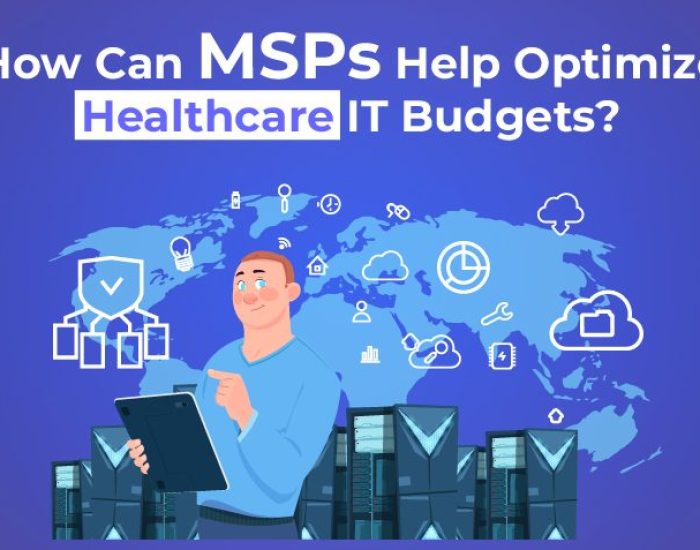Why Microservices Are a Game-Changer for the Future of IT
New IT solutions must handle the ever-increasing volume of data and information while remaining flexible enough to adapt quickly and efficiently to changing business demands.
The need for agility has never been more urgent for today’s businesses. The pace of digital transformation is getting faster and faster with no apparent end in sight. To meet these challenges, enterprises must find solutions that can keep up with the speed of business change. This blog will explain what microservices are, how they can help your organization remain agile, and how they can help you achieve a more nimble IT system as you move forward into the future of your business.
What Is a Microservice?
A microservice is a software system built as a set of small independent modules with particular concerns and functions. Each microservice can be built and deployed independently and work together with other microservices to deliver a complete product or service. The main challenge when building software systems is to find the right balance between functionality, quality, and time-to-market. One option is to build an extensive application that can meet all the requirements from the get-go, but this approach is often challenging and costly in terms of resources. Another option is to break down the project into smaller, more manageable pieces and build a set of microservices that can be released and deployed independently.
Why Are Microservices a Game-Changer for IT?
With growing complexity and the need to scale in mind, organizations are now moving towards microservices architecture (MSA) to break down IT systems into smaller, more manageable parts. MSA is essentially a distributed system approach, where applications are broken down into smaller modules (microservices), and each service is hosted in its separate container or virtual machine. The essential factor to note here is that each microservice can be scaled independently, enabling you to handle the growing demand for particular parts of the system without scaling the entire system. By using microservices, businesses can deploy new software solutions much faster and achieve quicker time-to-market. At the same time, microservices are also helping IT systems become more reliable and scalable.
 What Are The Benefits of Microservices?
What Are The Benefits of Microservices?
As microservices help you build more flexible systems, they also help you achieve several important benefits for your business. These include:
- Greater agility – The ability to quickly change and adapt to your customers’ needs is vital for future business success. With microservices, you can respond much quicker to market changes, new requirements, and customer feedback, thanks to the more elegant nature of the system.
- Greater scalability – Microservices are particularly useful when you need to scale your system on the fly, especially in cases of high demand. You can scale up or down specific parts of the system as required, and therefore avoid downtime.
- Improved quality – By designing with quality in mind, you can build a reliable and robust system. End-to-end testing is particularly important when working with microservices, as it helps to ensure the system works as a whole.
- Improved security – When designed and implemented correctly, Microservices can help make your systems more secure. For example, microservices that handle sensitive information can be securely isolated from non-critical microservices.
When to Use Microservices?
Microservices are particularly useful for complex projects that require scalability, agility, and high levels of flexibility. They make sense, especially in situations where you are working with large and complex organizations where communication between different departments and teams is challenging. Microservices can also make sense in cases where you should be able to scale up or down quickly depending on the level of demand for a particular part of the system.
In general, to decide whether to use a microservices architecture, you should think about the following questions: What are the project requirements? What type of functionality does the system require? Is your team capable of designing a system that meets these requirements? In other words, microservices make sense when you have a large, complex project with significant functionality. At the same time, the project is also highly flexible and can easily be scaled depending on the requirements.
Key Takeaway
Microservices help you build more flexible systems that respond quickly to your customers and business needs. With microservices, you can scale up or down individual parts of the system as required, avoiding downtime. At the same time, microservices are easier to maintain and manage.
Small, autonomous services that are easy to change and upgrade are the new standard in a digital world. The ability to develop, test, and deploy small services faster can impact a company’s bottom line by reducing overall development time and quickening the delivery of new features to customers. The good news is that there are several techniques to speed up the development process of your business. Protected Harbor provides expert-level microservices to help you stay on top of things. We specialize in providing a software development approach that focuses on breaking down large systems into smaller pieces to improve efficiency, maintainability, and flexibility and help businesses achieve improved scalability, reliability, and agility. And that’s not it. We are currently providing free IT audit to the companies. Contact us today for one.






